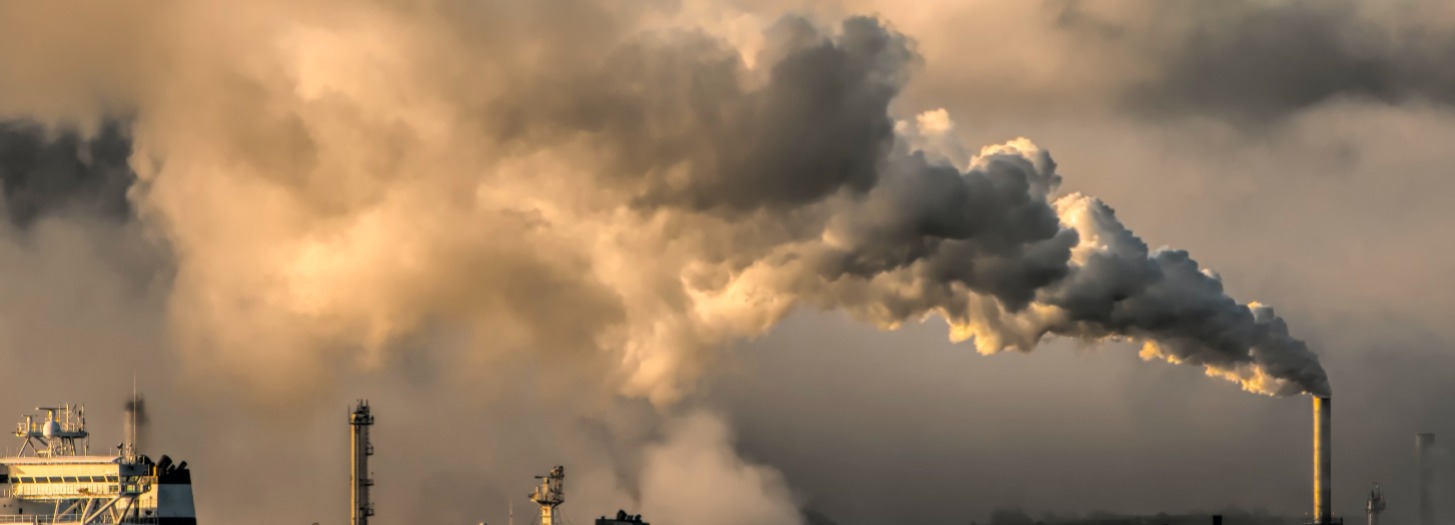Because there are a LOT of terms out there.
Today, almost all scientists accept that climate change is a reality and that it is being driven by human activity. At the heart of the problem is carbon, an element that has been given an unfair notoriety as the world battles to urgently reduce its carbon emissions and limit climate change.
Carbon itself isn’t to blame, it’s the way humans interact with carbon that is causing problems. Information about carbon is everywhere, and carbon labelling is increasingly appearing on product packaging. However, there is sometimes confusion about the science and terminology being used, so here’s a quick guide to some of the most commonly used carbon terms:
Carbon or Carbon Dioxide?
When discussing climate change, carbon is often confused with carbon dioxide. Carbon is one of the most common elements on earth and is solid at room temperature—soot and diamonds are both forms of carbon. Carbon dioxide (CO2) is the greenhouse gas that is associated with climate change.
The Carbon Cycle
Carbon is continually flowing in and out of the atmosphere and between the air, ocean, fossil fuels, animals, and plants. When plants photosynthesize, they absorb carbon dioxide from the atmosphere, keeping the carbon and releasing the oxygen. Animals (and us) breathe in the oxygen and release carbon dioxide back into the atmosphere. The carbon cycle normally keeps the levels of atmospheric carbon dioxide steady.
Carbon Dioxide
Carbon dioxide is crucial to all life on our planet. It is a greenhouse gas, meaning that it traps heat from the sun, so it doesn’t all escape back into space. Without carbon dioxide, the Earth would be a cold and inhospitable planet with frozen oceans. But even a little too much carbon dioxide in the atmosphere will trap too much of the sun’s energy, warming the earth more and causing climate change.
Carbon Emissions
Carbon emissions is when carbon is released into the atmosphere—usually as carbon dioxide. The earth stores carbon in carbon reservoirs such as oceans, forests, and fossil fuels like coal, oil, and natural gas. Some of this carbon moves in and out of the atmosphere naturally, usually in a balanced way. However, when we burn fossil fuels we release additional carbon dioxide—carbon emissions— that upsets the balance.
Carbon Footprint
Usually measured in tonnes, a carbon footprint is the total amount of carbon dioxide emissions connected to a person, action, or entity. For a product, the carbon footprint calculation would include all its raw materials and the fossil‐fuel used in its manufacture and transportation. As well as carbon dioxide, the calculation also factors in other greenhouse gases, such as methane.
Carbon Off-setting
Carbon off‐setting involves balancing out a carbon footprint by funding activities elsewhere that capture the same amount of carbon dioxide—often planting a specific number of trees.
Carbon In-setting
Alongside this is carbon in‐setting, where an organisation balances its carbon footprint by investing in sustainable practices within its own supply chain. This approach means that the corrective action directly benefits the company’s supply chain as well as the planet.
Carbon Negative and Carbon Positive
Confusingly, these two seemingly contradictory terms actually mean the same thing. They both refer to a company, organisation or person working towards sequestering or removing more carbon dioxide than they produce. This goes beyond the long‐established idea of being carbon neutral (which is simply balancing out your carbon emissions tonne for tonne).
Carbon Credits and Allowances
A carbon credit or allowance is a permit that allows a company to emit one metric tonne of carbon dioxide or equivalent greenhouse gases. A company is allocated a specific number of credits and is fined if it exceeds them. Over time, their allocation is reduced encouraging them to reduce their carbon emissions. As an extra incentive, companies can sell any carbon credits they do not use.
Carbon Sequestration
Carbon sequestration is the process of capturing and storing carbon dioxide to keep it out of the atmosphere. This can be done biologically, such as growing trees that convert carbon dioxide into biomass (wood and leaves), or geologically where concentrated carbon dioxide is removed from major emission sources, such as power plants, and injected into reservoirs deep underground.

